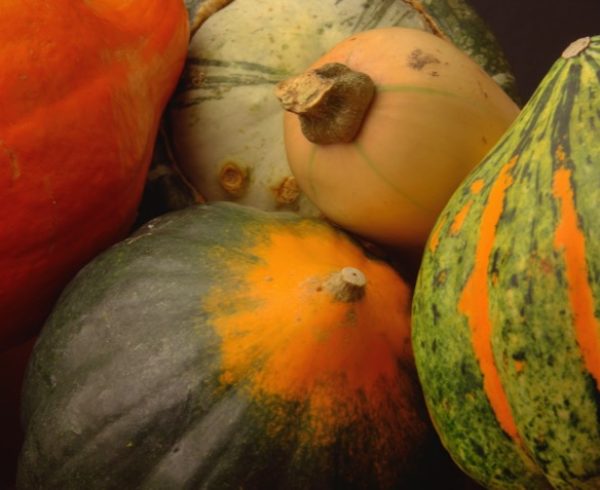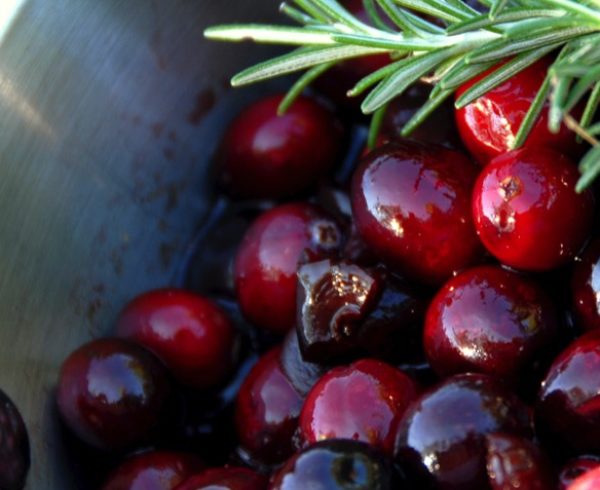Hello, farmer’s market season! It is exciting to see gardens and dinner plates filled with deeply-colored greens, but next time you reach for ever-so-popular kale and spinach, add something more interesting to your menu: arugula. This plant is widely popular in Italy and the rest of Europe, where it is (perhaps more excitingly) called “rocket” or “roquette.” Not sure what to do with this cousin of kale once you’ve got it home? Let’s talk about how to use arugula.
Season:
Depending on the weather, arugula is typically harvested late May through October in Wisconsin. Don’t underestimate these delicate, tender greens—they pack a pinch of peppery mustard flavor.
Health Benefits:
This green is high in fiber, packs in the vitamins (A, C, and K), and minerals (iron, calcium, magnesium, potassium, and manganese). The superpower combination of vitamin K and calcium in arugula helps contribute to bone health.
How to Select:
Soft leaves with smooth, even coloring are the ones to select. Avoid dry, leathery, yellowed, or blackened leaves. While these greens are often conveniently sold pre-washed in bags, be sure to turn the bags over to check for too much moisture or blackened leaves.
How to Store:
If you found pre-washed greens, store them in the original plastic container or bag in the refrigerator, and use them within a few days. If they weren’t prewashed, loosely roll the greens in paper towels and store in an open plastic produce bag in the fridge; rinse them in cool water and dry well before serving. If you have excess, consider making some arugula pesto, which can be frozen.
How to Prepare:
The most obvious choice for these greens is to add them to other lettuces for a salad mix or use them on their own in a salad—since they have spicier flavor, think about adding a dressing with strong flavors like mustard, shallots, and punchy vinegars. They also work well with creamy or sweet vinaigrettes. For use outside the salad bowl, think about using arugula as a topping for pizza, sandwiches, burgers, or as a substitute for basil in pesto. Can you cook arugula? Yes! Arugula that is starting to wilt slightly might not be the greatest for a salad, but don’t toss it! It can be lightly sautéed in olive oil and served as an accompaniment to heavier dishes like steak and creamy pasta.
Recipe: Citrus and Arugula Salad with Balsamic Dressing
Total Time: 15 minutes
Servings: 4
Ingredients
Dressing
- 3 tablespoons extra virgin olive oil
- 2 tablespoons balsamic vinegar
- 1 clove garlic, pressed
- 1 pinch dried oregano
- 1/2 teaspoon salt
Salad
- 1 large red grapefruit
- 1 large Cara Cara or navel orange
- 2 large blood oranges
- 1 small shallot, thinly sliced
- 4 oz. arugula
- 1/2 cup chopped walnuts or 4 oz. crumbled feta, optional
Preparation
First, make the dressing. In a jar or small bowl, combine the olive oil, balsamic vinegar, garlic, oregano and salt and shake or whisk to mix. Reserve.
Using a sharp knife, cut off both ends of the grapefruit and each orange to expose the flesh and make a flat surface. Place on the flat, cut side and use your knife to pare away the peel and pith, leaving just the flesh of the citrus exposed. Place each trimmed fruit on its side and slice thinly. Remove any seeds and reserve.
Spread the arugula on a large platter or place in individual bowls. Arrange the citrus rounds on top of the arugula, with the blood oranges on top. Sprinkle with shallots and drizzle with dressing. Add walnuts or feta, if desired. Serve immediately.
Nutritional Information
260 calories, 19 g. fat, 0 mg. cholesterol, 310 mg. sodium, 21 g. carbohydrate, 4 g. fiber , 6 g. protein.
Recommended reading:
In The Beekman 1802 Heirloom Vegetable Cookbook by Brent Ridge, Josh Klimer-Purcell and Sandy Gluck, you’ll find a recipe for feta cheese with arugula pesto and honey, and corn cake stacks with aged cheddar and arugula. The book (with its stunning photography) is available through the Hudson Public Library system.
What about you?
What are your favorite companions for arugula in a salad? Any unexpected places you like to add this peppery green to your dishes? Join in the conversation on our Facebook page! Want to see more local, fresh produce in your fridge? Consider becoming an owner of the Hudson Grocery Cooperative—which will be a locally-owned, full-service grocery store that offers diverse food and product choices including organic, sustainable and regionally sourced options for our community.
Image and recipe credit: Welcome to the Table








Leave a Comment